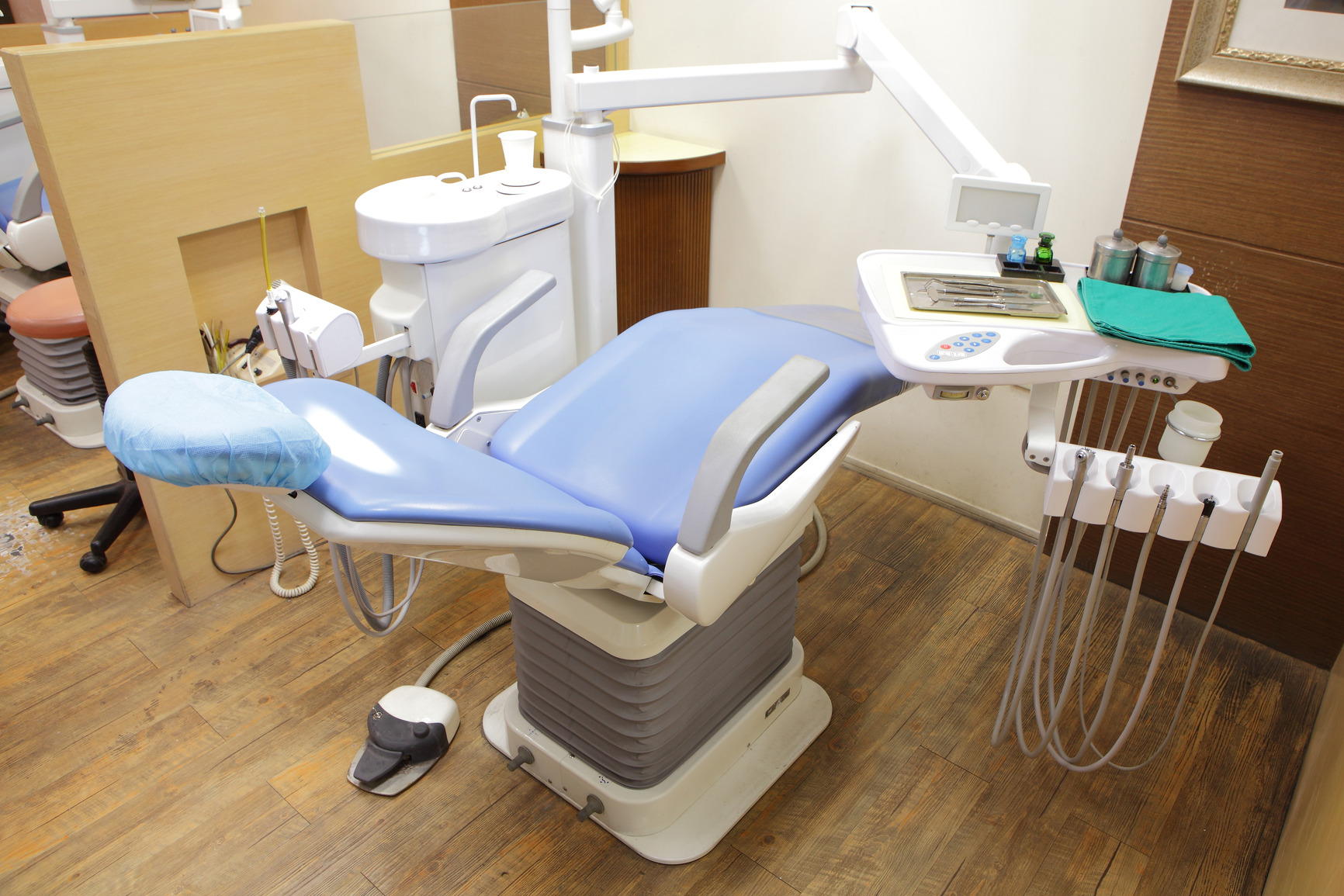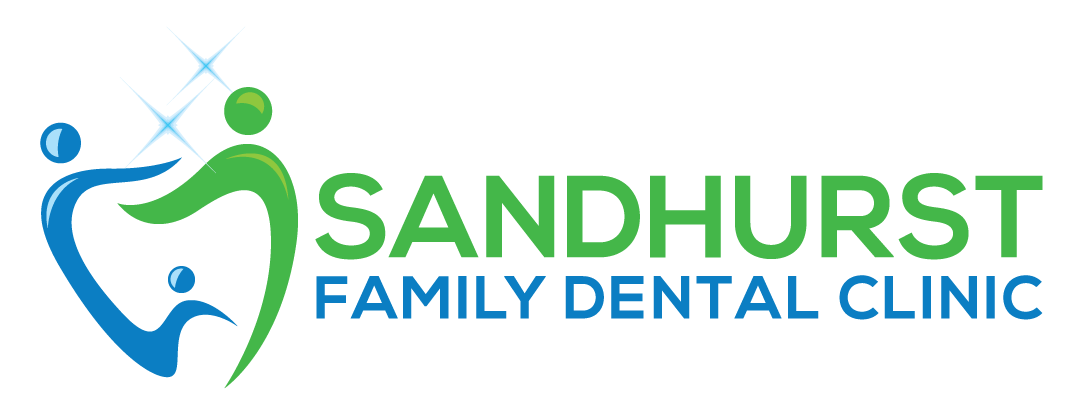Invisalign vs Braces

Published in May 2019.
Invisalign vs Braces
When deciding on orthodontic treatments, there are often a lot of questions. Sandhurst Family Dental Clinic takes great pride in educating our patients to ensure they can make educated and informed decisions. One of these decisions may be the choice between braces and Invisalign. We’ve created this list of some of the advantages of each type of treatment to help you become ready with the right information at your next dental visit.
However, before we go over the advantages of each type of treatment, let’s understand what exactly each treatment entails. At their core, both braces and Invisalign work as an orthodontic treatment that straighten teeth over time. Dental braces are metal brackets with elastic rubber band ties that hold the metal together and are used to fix both cosmetic and structural flaws with teeth. Invisalign is a much newer solution than traditional braces but ultimately serves the same purpose; using a clear plastic tray that is custom moulded to your teeth and changed every two weeks.
Cost-wise, traditional braces are the same cost as Invisalign. The price gap used to be more significant (making braces far more affordable,) but as Invisalign prices have dropped over time, the two are more similarly priced than they have been in years past.
Some advantages to each treatment to consider:
Braces:
- Solves complex issues: traditional braces may be the only option depending on the complexity of the structural issues that need to be solved.
- More efficient: in some cases traditional braces are faster at solving the dental issues that are being fixed.
Invisalign:
- Less visible: because they are clear, they are more discreet than traditional braces.
- Easily removable: so you can keep brushing and flossing as usual, as well as eat the foods you want without worrying about food getting stuck in the brackets or breaking off.
- Comfort: Invisalign tends to feel more comfortable than traditional braces for most patients.
- No emergency visits for broken brackets or wires.
- Fewer and faster follow-up appointments: Since you are given several sets of trays during your follow-up visits, you only need a short appointment every 2-3 months.
